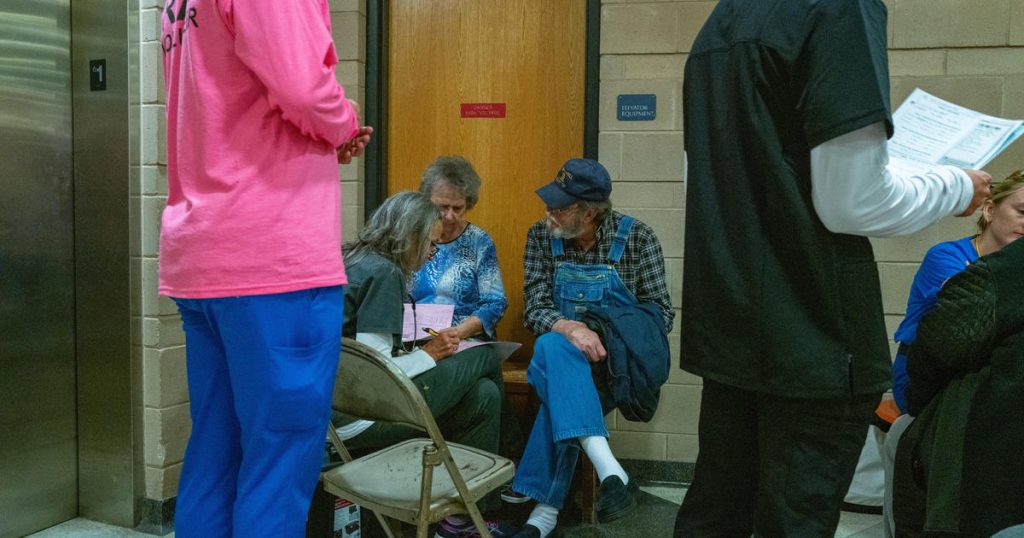Matthew Roach, the vital statistics manager for the Arizona Department of Health Services, has observed a concerning trend in mortality rates during his tenure. The gap between mortality rates of residents living in rural areas versus those in urban areas has been widening over the years. This disparity has been documented for a long time but was highlighted further in a recent report by the Department of Agriculture’s Economic Research Service. The analysis found that rural Americans between the ages of 25 to 54 were dying from natural causes at significantly higher rates compared to their urban counterparts.
The study, which examined CDC death data from 1999 through 2001 and 2017 through 2019, revealed a drastic increase in natural-cause mortality rates for rural residents in this age group. The gap between rural and urban natural-cause mortality rates expanded from 6% in 1999 to 43% in 2019. The increase was largely driven by a rise in mortality rates among women living in rural areas, particularly in counties without significant urban populations. Leading causes of death among both men and women in rural and urban areas included cancer and heart disease, with significant increases in lung disease and hepatitis rates among women in rural areas.
The research also highlighted the disproportionate impact on specific demographics, such as non-Hispanic American Indian and Alaska Native populations. These groups experienced significant increases in natural-cause mortality rates over the study period. Factors contributing to the widening gap between rural and urban mortality rates include limited access to quality healthcare services in rural areas, higher poverty rates, and fewer physicians per capita. The closure of hospitals in rural communities further compounds these challenges, affecting overall community health.
Experts in rural health are calling for stronger policies to address the growing disparities in mortality rates between rural and urban areas. Alan Morgan, CEO of the National Rural Health Association, emphasized the need for attention and action from state and national leaders to address this issue. As the study did not identify specific causes for the increase in mortality rates, experts suggest that differences in healthcare resources and accessibility may be contributing factors. The closure or limited availability of healthcare facilities in rural areas exacerbates these challenges, impacting overall population health and economic well-being.
The report also touched on the impact of Medicaid expansion on rural healthcare access in states where the program has not been adopted. States like South Carolina, Mississippi, and others with high natural-cause mortality rates in rural areas have not expanded Medicaid. Advocates for rural health suggest that expanding Medicaid could improve access to healthcare services for rural residents. The study authors noted that differences in state implementation of Medicaid expansion could have significant implications for uninsured rural residents and their access to medical care. This issue is particularly crucial given the devastating impact of the COVID-19 pandemic on rural communities and further emphasizes the need for improved healthcare access and resources in these areas.
In conclusion, the widening gap in mortality rates between rural and urban populations poses significant challenges to public health and economic stability. Efforts to address these disparities should focus on improving access to quality healthcare services, addressing social determinants of health, and advocating for policy changes that support rural health initiatives. By prioritizing the needs of rural communities and implementing evidence-based interventions, policymakers can work towards reducing the disparity in mortality rates and improving overall population health in rural areas.


